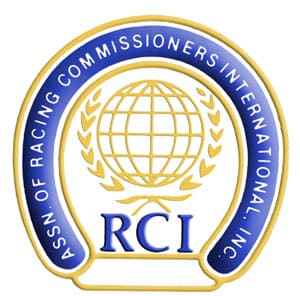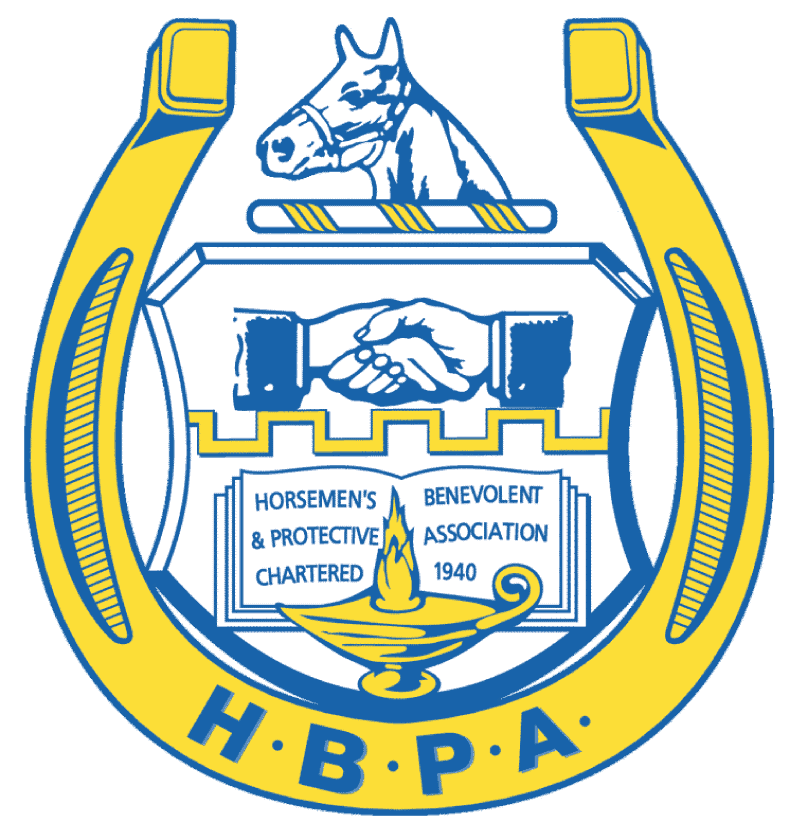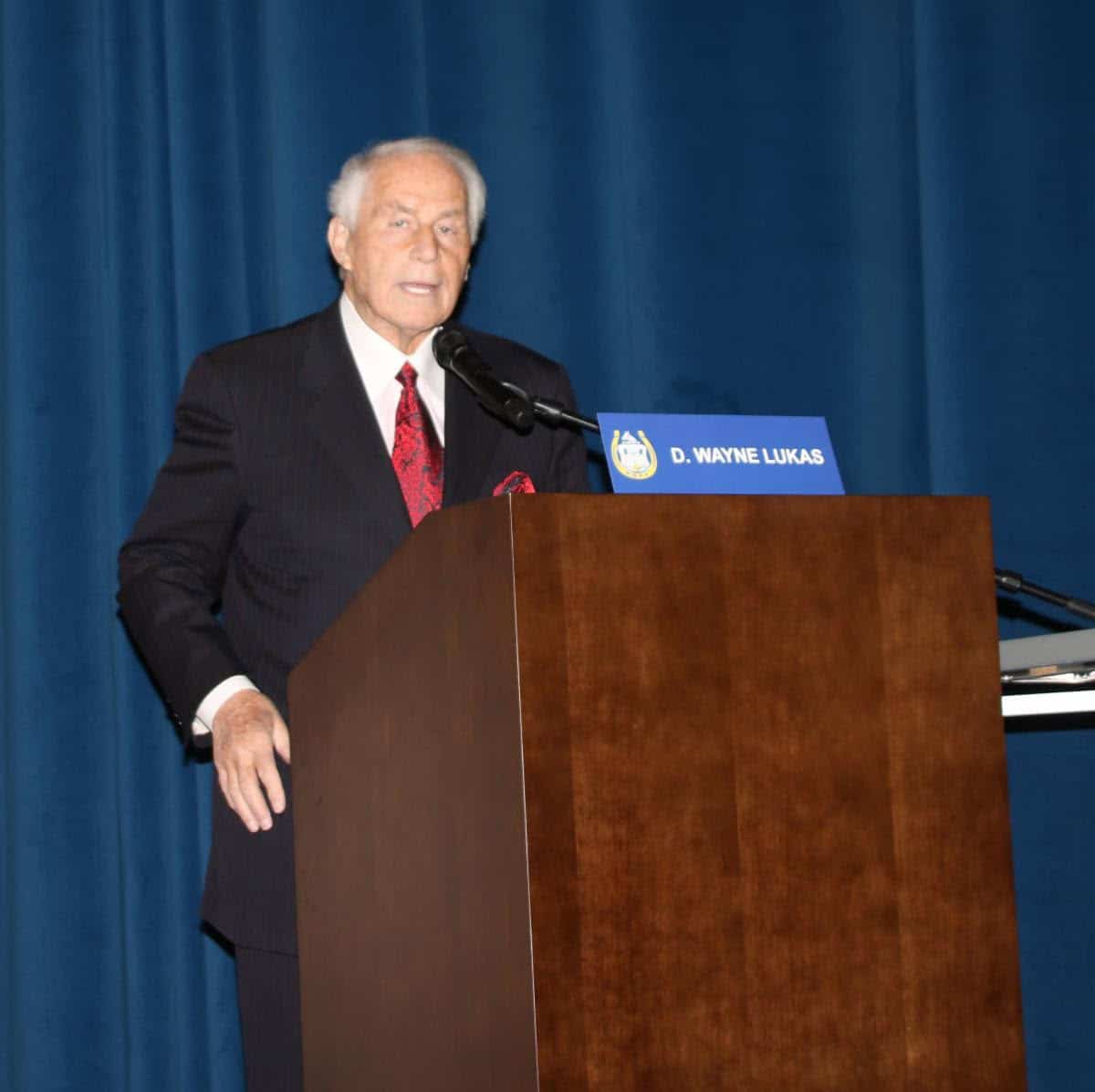Official Testing Results Show Substantial Rule Compliance in Racing, Claims Of Rampant Pain Masking Not Substantiated
 The 2018 Anti-Doping and Drug Testing Program conducted by U.S. racing regulatory bodies found continued substantial compliance with racing’s medication and anti-doping rules and little support for claims that the use of drugs to mask pain when horses race is rampant.
The 2018 Anti-Doping and Drug Testing Program conducted by U.S. racing regulatory bodies found continued substantial compliance with racing’s medication and anti-doping rules and little support for claims that the use of drugs to mask pain when horses race is rampant.
As it does each year, the Association of Racing Commissioners International (ARCI) released a summary of the collective results of the individual state programs conducted in 2018.
In 2018, horses competing in 95,618 individual races were tested, 43,574 flat races (Quarter Horse and Thoroughbred combined) and 52,044 Standardbred races. This represents a reduction from the previous year when horses from 98,883 races were tested.
On average 3.2 horses were tested in each flat race and 2.26 horses tested in each Standardbred contest.
In 2018, there were 1,561 violations of the medication rules out of 258,920 samples tested, meaning that 99.4% of all tests found the horse to be compliant with the rules. It also means that the facts do not support claims that a substantial number of horses are racing under the influence of pain masking medications as all testing labs routinely screen for the presence of such drugs. Such instances do occasionally occur and are reflected in the violations that are found and prosecuted.
The ARCI has described violations involving Class 1 or Class 2 substances as instances of “doping.” Violations involving substances of a lesser class often involve overages of medications deemed therapeutic or authorized by U.S. federal law for veterinary use.
There was a dramatic drop in doping instances from 2017 to 2018. In 2017, 11% of all violations found were for Class 1 or 2 substances. In 2018, that number dropped to 6.8% of all violations. In 2018, there were 107 findings out of 258,920 samples tested for these substances deemed to have the greatest effect on performance, or 0.04% of all samples tested. In 2017, there were 169 findings out of 293,704 samples, or 0.06% of those tested.
Violations involving Class 3 substances were 26.2% of all adverse analytical findings in 2018, a slight increase over the 24.5% detected in 2017. There were 409 Class 3 AAF’s in 2018 – 0.16% of all tested – compared to 376 in 2017 – 0.13% tested.
Violations involving substances deemed least likely to affect performance – Class 4 and 5 substances – accounted for 66.9% of the adverse analytical findings in 2018, slightly up from the 64.5% of AAF’s in 2017.
Clear Rate
In 2018, 99.4% of all samples tested were determined to be clear of any substance that would trigger an adverse analytical finding (AAF). In 2017, the clear rate for all US horse racing was 99.5%.
For Thoroughbred and Quarter Horse races, the clear rate in 2018 was 99.13% and the rate for Standardbred races that year was 99.71%.
By comparison, the 2017 Annual Report of the US Anti Doping Agency indicates that their clear rate for human sport was 99.12% for Olympic, Paralympic and Global Service Testing. The 2019 World Anti-Doping Agency’s Testing Report shows that their “clear rate” is 98.57%.
“Horse racing and human sport share the same challenges in combating those who cheat. While the overall clear rate is comparable, I do not believe anyone is under the illusion in either human sport or horse racing that we are catching everyone who will attempt to cheat,” said Ed Martin, President of the Association of Racing Commissioners International.
“Industry investments in anti-doping research and a greater emphasis on expanded investigatory staff at the regulatory agencies and racetracks is essential if we are to effectively combat this threat,” he added.
(from ARCI news release)





